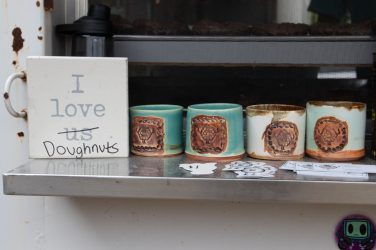On the corner between South Jackson Street and Baldwin Street sits the Ethnobotanical garden at the University of Georgia. The garden features a variety of edible plants, such as yerba mate, strawberries and blueberries and is in the process of growing bananas, squash, corn and beans.
“Almost every plant here has some kind of culinary or spiritual use or medicinal,” said Nunally Benzing, the garden’s curator.
The purpose of this garden is not just for fun foods but to preserve Latin and North American indigenous cultures. This process doesn’t only involve growing native plants — Indigenous language plays a key role. Both plants and language are important to preserve each other because they are intertwined. Preserving indigenous cultures is important because it protects the history, wisdom and traditions of Indigenous peoples while strengthening human diversity.
“Plants have a very significant portion in learning the language but also just the formation of language,” said Justice Britton who is of indigenous descent and a PhD student at UGA studying cultural anthropology and integrative conservation.
Miller Rich is a journalism major at the Grady College of Journalism and Mass Communication at the University of Georgia.









Show Comments (1)
Bonnie Rich
I love this. Hearing about the ancient way of planting sent me researching what foods I should plant together.